The internet depends on addresses that guide data to the right spot. IPv4 became the first system to make that possible on a massive scale. It shaped early online communication and still supports countless homes and offices today. The idea behind it is simple, and that simplicity helped it spread across devices everywhere.
Many people use IPv4 every day without knowing it. You see its structure when your device connects to a router or loads a website. This guide breaks down the meaning and purpose of IPv4 in a way that feels clear and easy to follow. Let’s start by getting a better idea of what it entails.
What is Internet Protocol Version 4 (IPv4)
The term IPv4 usually points to a system that assigns digital addresses to devices. These addresses help devices send and receive data without mix-ups. Every device needs an IPv4 address to communicate on a network.
IPv4 uses numbers that are easy to handle for both machines and humans. This format became common in older networks because it worked well with the technology that existed then. It remains active because many systems still rely on it.
Understanding IPv4 Addressing
IPv4 addressing acts like a guide that keeps data moving along the right path. Each part has a purpose that helps manage traffic between devices. Plenty of networks still depend on this method because it is easy to set up.
The components of an IP address help define structure and function. The choices in configuration affect security and routing, along with control. Here is the IPv4 address format that you need to know about:
- An IPv4 address uses four numbers. Each number ranges from 0 to 255.
- Dots separate those numbers.
- This format remains readable for most users.
- Devices use this address format to identify one another.
Parts of IPv4
Every IPv4 address follows a structure that splits the address into meaningful pieces. These pieces guide traffic and help networks stay organized. The components of an IP address work together so data reaches the right spot without confusion. The points below highlight the individual roles of each part.
Network Part
The network part identifies the main network where the device lives and helps routers move data toward that space before checking any device inside it.
Host Part
The host part marks the specific device inside a network. It ensures each device stays unique, so data always reaches the correct destination without mixing signals.
Subnet Part
The subnet part breaks a large network into smaller pieces. These pieces improve stability and offer control with better speed by reducing traffic inside each group.
Types of IPv4 Addressing
IPv4 supports different ways of sending data. Each method helps networks handle traffic based on the scale and purpose. This variety helps older systems function smoothly even today. These modes connect directly to the bullets shown below.
Unicast Addressing Mode
Unicast sends data from one device to one target device. This method supports direct communication where each message has a single destination. Most online activities rely heavily on unicast traffic.
Broadcast Addressing Mode
Broadcast sends data from one device to every device inside the same network. It works well for quick announcements and updates. Busy networks sometimes limit broadcast use to avoid unnecessary traffic.
Multicast Addressing Mode
Multicast shares data with a selected group instead of everyone. This approach saves bandwidth and helps networks handle multiple listeners. Streaming platforms and group-based services often rely on multicast communication.
Advantages and Limitations of IPv4
IPv4 stayed active for many years because its structure kept things simple. Networks grew with it because devices supported it out of the box. Yet the number of devices increased. That demand pushed IPv4 close to its limits. These ideas set up the bullets below.
Advantages of IPv4
There are various strengths that made IPv4 the early standard. Here are some of the reasons that have made IPv4 a popular choice:
- IPv4 stays easy for people to understand.
- Devices support IPv4 without special changes.
- IPv4 works well in simple networks.
- IPv4 uses a format that stays readable.
Limitations of IPv4
IPv4 has certain limitations as well. Knowing these limitations is important if you want to ensure there are no issues down the road. Here are some common ones:
- The number of addresses in IPv4 remains limited.
- IPv4 struggles with large networks.
- More devices increase pressure on IPv4.
- Security features remain basic.
Wrapping Up
IPv4 shaped early internet growth. Its structure helped devices communicate even with limited resources. It still appears everywhere, and many systems continue to rely on it. Newer formats support features that handle modern needs as networks grow. IPv4 will still stay active for many years, even as other systems expand.
TS Cables provides products that support networks using IPv4 and IPv6 newer systems. Explore reliable solutions with TS Cables today.
FAQs
1. What does an IPv4 address do?
An IPv4 address helps a device connect to a network. It guides data to the right device without mix-ups.
2. Why do networks still use IPv4?
IPv4 remains active because many devices support it. Older systems depend on it for simple and stable communication.
3. How many addresses exist in IPv4?
There are over four billion IPv4 addresses. This number sounds large, yet modern device growth created shortages.
4. What makes IPv4 easy to understand?
IPv4 uses simple numbers and dots. Many people find this format easy to read and remember.
5. Does IPv4 support subnets?
Yes. Subnets help break networks into smaller parts. This makes traffic easier to manage.






